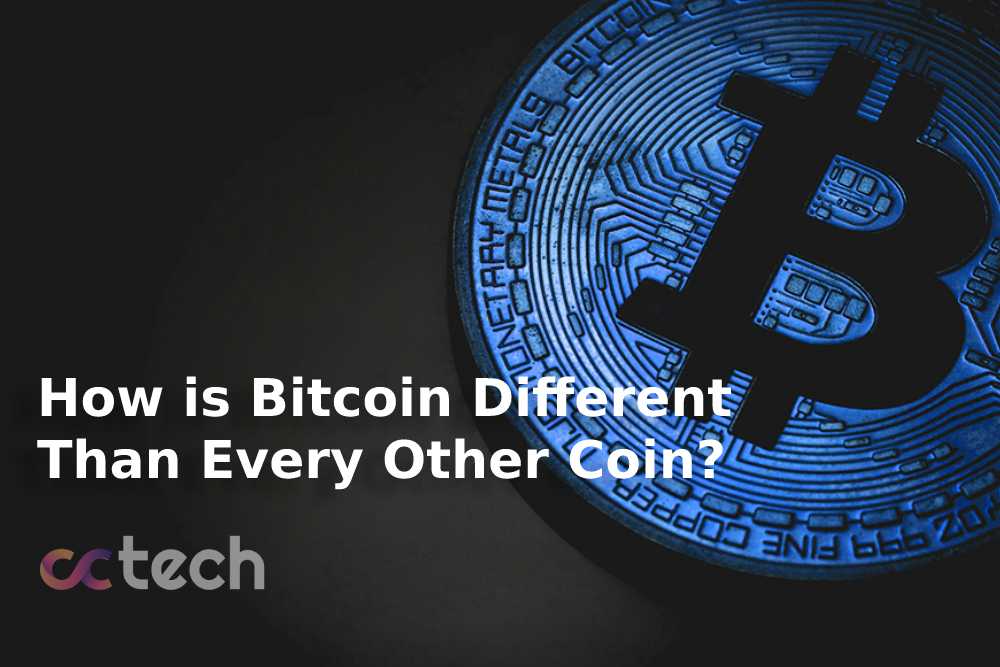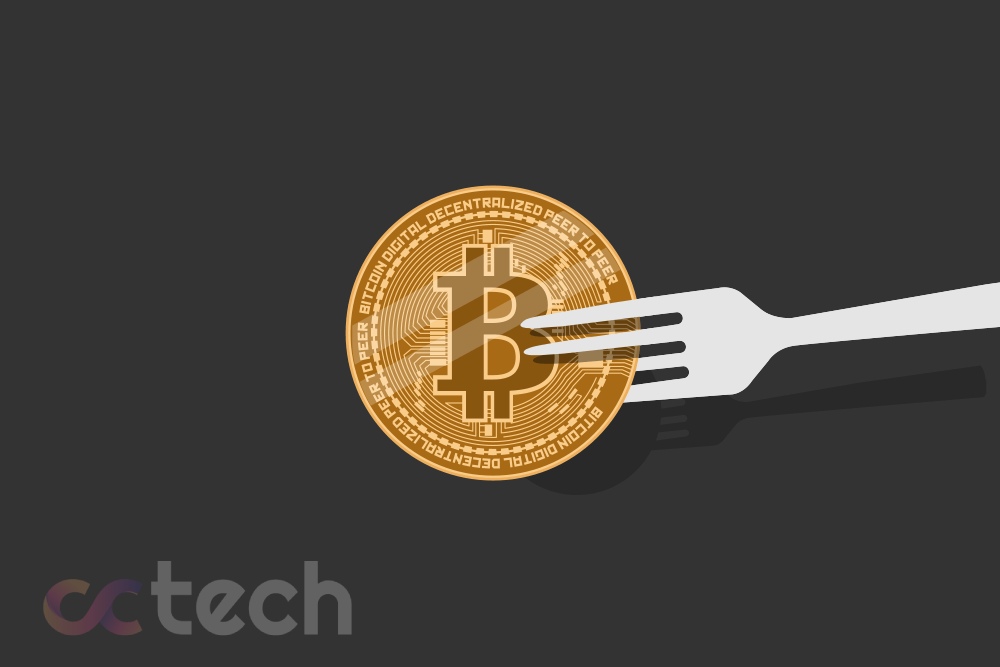
Bitcoin was launched in 2009. Since then, thousands of projects based on blockchain technology have emerged. There has been a leap in the development of new types of distributed ledger, which showed users the difference between Bitcoin and the next generation of cryptocurrency. This does not mean that Bitcoin is obsolete and should be written off. The diversity of coins and tokens is due to their uses and the functions they perform.
The difference between bitcoin and other cryptocurrencies
As the popularity of the first digital asset has grown, its disadvantages have also been identified. Altcoin developers have tried to fix them and offer improved solutions. Bitcoin differs from other cryptocurrencies in the following parameters:
Issue size. Generation of new coins and tokens can be fixed, unlimited or one-time. BTC refers to the first type with a coin issue of 21 million units. The Ethereum and Monero projects took the second path and did not set limits on mining.
Collateral. Digital assets do not have an initial value like fiat money. Their rate depends on supply and demand in the market, so it is quite volatile. Stablecoins were created to protect against price spikes. These are cryptocurrencies backed by real assets. For example, PAX Gold is pegged to the value of gold at a 1:1 ratio.
Mining method. In the beginning, there was only one method of verification of transactions, on which Bitcoin now operates – Proof-of-Work. It is a cryptographic solution to create a new block in the registry chain, using the processing power of the hardware on the network. As the number of participants grows, the complexity of mining increases, resulting in higher energy costs for coin generation. Next-generation cryptocurrencies offer new ways to validate transactions. The most common is Proof-of-Stake, where the emphasis is on the number of coins in the validator’s account rather than the power of the equipment at the miners.
The amount of commissions and transfer speed. Bitcoin’s appreciation caused high fees for sending coins, and low network bandwidth (4 transactions per second) increased its waiting time. The Solana project offered a scalable blockchain with the processing of 50,000 transactions at the same time, and Ripple reduced fees by a factor of ten compared to BTC.
Level of decentralization. Transactions can be confirmed by any nodes connected to the network as well as by dedicated nodes.
History. Another difference between Bitcoin and other cryptocurrencies is that it appeared first. This makes Bitcoin the most famous digital payment medium.
Types of cryptocurrencies
Altcoins are divided into coins and tokens. The former are based on their own blockchain, the latter are balance units in an existing blockchain.
They perform many tasks that are unavailable or difficult to implement for the Bitcoin protocol.
Methods of coin issuance
Cryptocurrency issuance is the process of generating new digital coins on the network. Its type, along with other factors, can predetermine the price dynamics of the digital asset and its scope.
Mining
Mining of new blocks combines 2 tasks at once – confirmation of transactions, which ensures the normal functioning of the entire blockchain, and the release of coins into circulation.
Miners use the following equipment to solve cryptographic tasks and receive rewards:
- Video cards.
- Processors.
- Special purpose integrated circuits (ASICs).
With the increasing complexity of computing, individual mining is becoming unprofitable, so separate associations (pools) began to be created. Each participant connects its computing power to a common network, increasing the probability of generating a block. The reward received is divided in direct proportion to the resources connected.
One-time issue.
This is the issuance of all coins at one time without the possibility of mining them in the future. That’s the way the developers of Ripple went, generating 100 billion coins in the first block. To prevent depreciation, about 53 billion units were frozen in the beginning. The company put them into circulation gradually. As of November 2021, the total volume on the market is 99.9 billion coins.
The developers of Coin XYM did the same. At the beginning of the launch, the limit was set at 9 billion, 75% of which will be distributed to investors. The rest is reserved for reward payments to validators. This is a hybrid model of mining, where rewards are paid for validating transactions and confirming block structure by a centralized authority.
ICO, IGO, IEO, IDO tokens. Cryptocurrencies, actively developing, are peppered with new projects offering solutions to various tasks from all walks of life. To implement their ideas, they need a lot of funding. To raise money, organizers hold token sales, advertise the project, and attract investors.
The most popular cryptocurrencies
The high demand for digital assets can be determined by such criteria:
Capitalization. Total price of crypto-assets.
Transaction volume. Turnover of tokens and coins on the platforms per day or week.
User reviews. Both expert reviews and opinions of ordinary traders and investors are taken into account.
Conclusion
Analysts prophesy bitcoin’s dominance as a means of payment for users who do not have access to the banking system to send money. This means an increase in the volume of transactions in the future and an increase in the price of the first cryptocurrency. Legal statusin different jurisdictions around the world has a big impact on bitcoin. If countries start communicating closely with digital assets to achieve equality and accessibility of money, humanity could soon move away from the traditional banking system.








